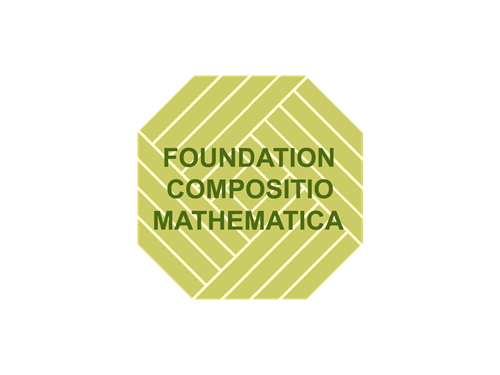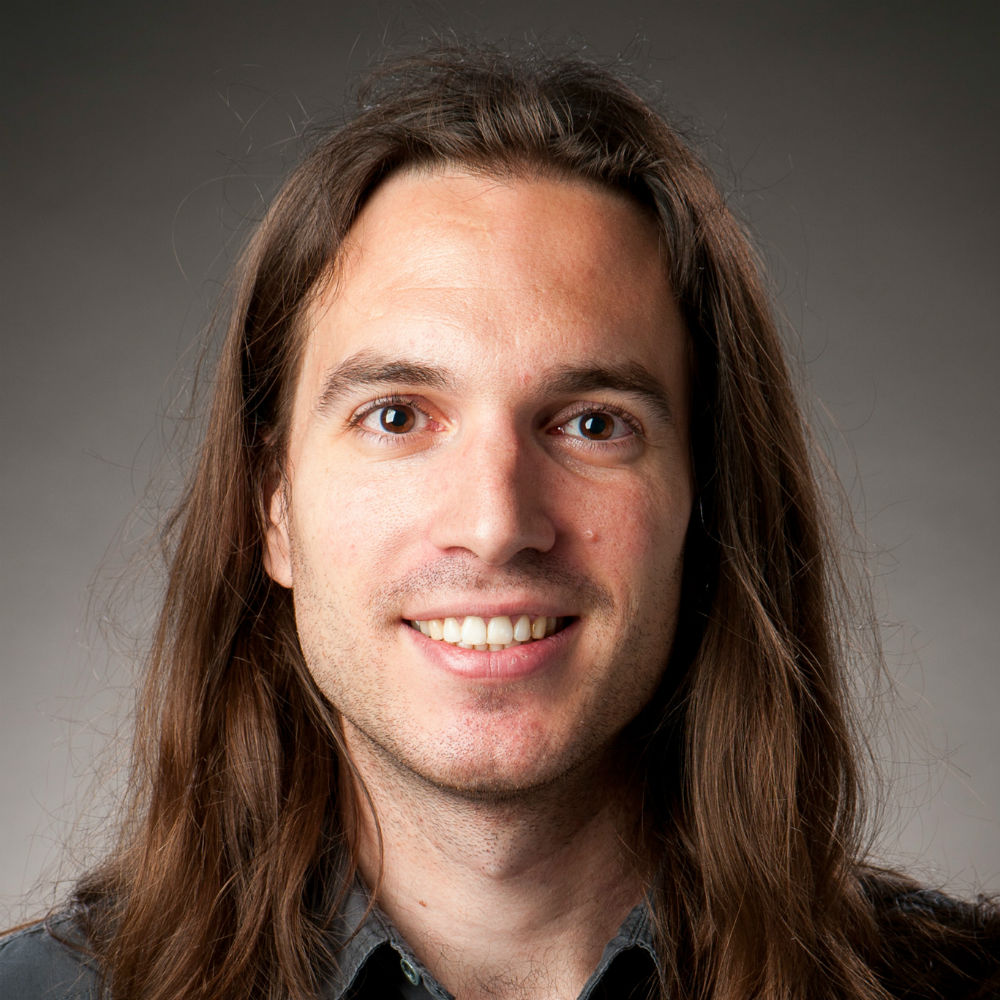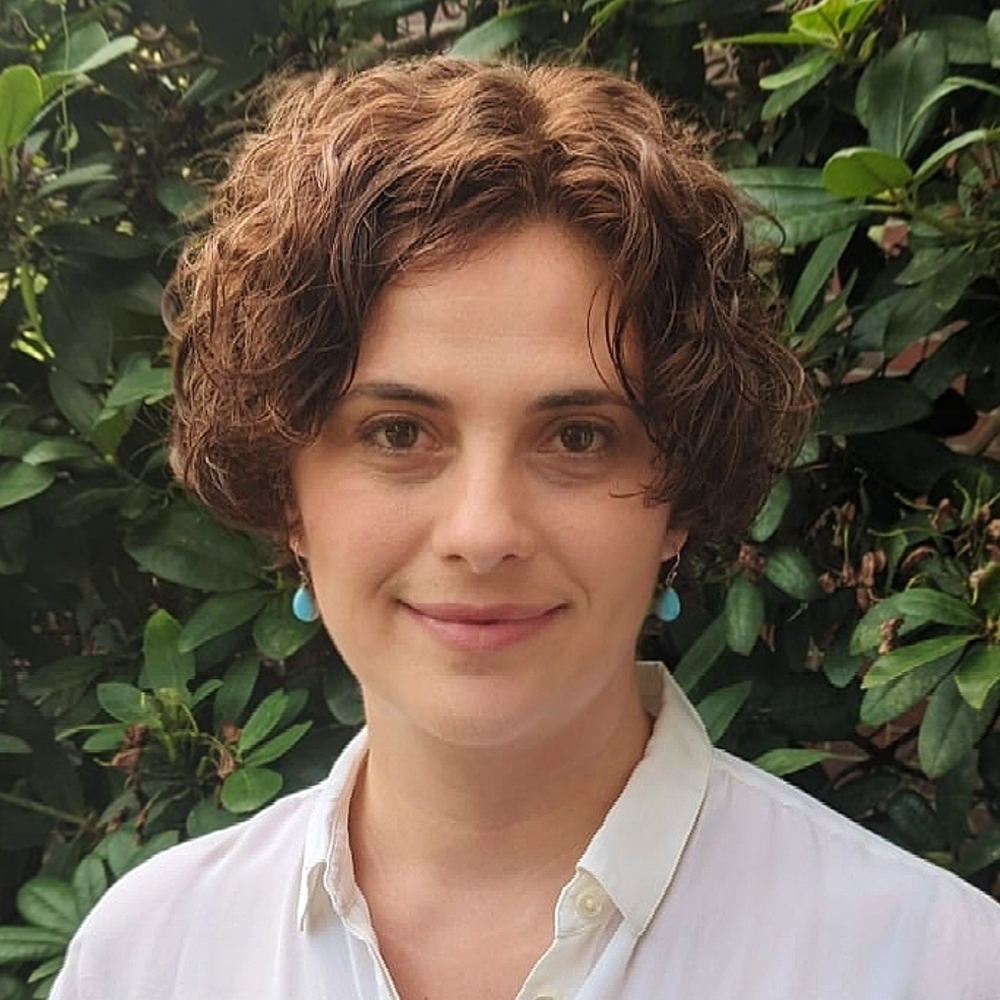AGGITatE 2023
An opportunity for researchers to broaden their mathematical horizons. This year's theme focuses on aspects of linear algebraic groups and the Cremona group.
-
Mon 19 - Wed 21 Jun 23
09:00
-
Colchester Campus
-
Event type
Workshops, training and support
-
Event organiser
Mathematics, Statistics and Actuarial Science, School of
-
Contact details
Dr Alastair Litterick a.litterick@essex.ac.uk
AGGITatE 2023: Algebras, Groups, Geometry, Invariants and related Topics at Essex
AGGITatE is an excellent opportunity for early- and mid-career researchers in algebra, geometry, and related areas to broaden their mathematical horizons and establish new collaborative networks. This year's theme focuses on aspects of linear algebraic groups and the Cremona group.
Funding
Thanks to our sponsors, the London Mathematical Society, the Foundation Compositio Mathematica, the Department of Mathematical Sciences and Overleaf, we can cover partial expenses of participants based at UK universities (travel and accommodation). Priority will be given to PhD students and early-career mathematicians. If you have such a request, please, indicate so in your registration. Other participants who can find their own support are welcome to come.



Schedule
Monday
10am: Morning talk 1
Mima Stanojkovski: Smooth cuboids in group theory
A smooth cuboid can be identified with a 3x3 matrix of linear forms, with coefficients in a field K, whose determinant describes a smooth cubic in the projective plane. To each such matrix, one can associate a group scheme G over K. In particular, when K is the field of rationals and F is the field of p elements, the F-points G(F) of G form a finite p-group, and, as p varies, one obtains an infinite family of groups. In this talk, I will present joint work with Josh Maglione and Christopher Voll on the geometric study of automorphisms and isomorphism types of groups defined from smooth cuboids. I will also explain a connection with Higman's PORC conjecture and show that our geometric approach yields faster isomorphism testing of groups in this context.
11am: Break
11:30am: Morning talk 2
Susanna Zimmermann: Real birational involutions of rational conic fibrations
It is an old problem to classify the finite subgroups of Cremona groups. It was initiated by Bertini, and the most complete classification so far has been achieved by Dolgachev-Iskovskikh and Blanc over an algebraically closed field. Over the field of real numbers, the classification is almost complete, with a large part completed by Robayo and Yasinsky in 2017. In this talk, we will focus on birational involutions of the real plane; we will discuss the general attack to the classification and then focus on a particular subclassification - one of the birational involutions of the plane preserving a pencil of rational curves. This is joint work with I. Cheltsov, F. Mangolte and E. Yasinsky.
12:30pm: Lunch break
2pm: Afternoon talk 1
Michael Bate: Edifices
Jacques Tits established the theory of buildings about fifty years ago as a way to bring combinatorial and geometric techniques to the study of semisimple algebraic groups (especially exceptional groups, where no "obvious" geometry immediately presents itself). In this talk I will report on some recent work which shows how to attach a building-like structure to an arbitrary smooth connected algebraic group over a field; we have christened these new structures "edifices". Edifices share some, but not all, of the nice geometric and combinatorial properties of spherical buildings - they are complete metric spaces, for example, but may not be simplicial complexes - and are well-behaved with respect to natural operations on algebraic groups, like homomorphisms and base change.
In this talk, I'll discuss how to construct an edifice, some basic properties and examples, and some of the motivation for studying them.
3pm: Break
3:30pm: Afternoon talk 2
Christian Urech: Representation dimension of finite subgroups of Cremona groups
Studying finite subgroups of Cremona groups is a very rich subject with a long history. Already in rank two there is no complete classification of finite subgroups of Cremona groups. Instead of giving a complete classification, one can try to find bounds on the complexity of these subgroups. In this talk, we will consider the minimal dimension of faithful representations of finite groups as a measure for their complexity. This is joint work with A. Duncan and B. Heath.
7pm: Conference dinner (Brook Red Lion Hotel)
Tuesday
09:30am: Morning talk 1
Andrea Fanelli: On the Cremona group over imperfect fields
In this talk I will present an ongoing joint project with Fabio Bernasconi, Julia Schneider and Susanna Zimmermann aimed to extend some structural results on the rank-two Cremona group to the case of imperfect fields. Our motivation comes from the study of algebraic subgroups of the rank-three Cremona group over algebraically closed fields and our approach is birational geometric: our strategy requires a careful study of the Sarkisov program for rational surfaces over imperfect fields.
10:30am: Morning talk 2
Anne Lonjou: Regularisable subgroups of the Cremona group
The Cremona group, the group of birational transformations of the projective plane is a group which is nowadays well understood. A birational transformation is said regularisable if it is conjugated to an automorphism of a projective surface. Such elements are classified but the following natural question about regularisation is still open: Consider a finitely generated subgroup G of the Cremona group such that any element is regularisable. Is G conjugated to a subgroup of an automorphism of a projective surface ? In this talk, we will see how this question is related to understand elliptic elements and subgroups for the action of the Cremona group on some CAT(0) cube complexes and in which cases we are able to solve this question. This talk is based on several works with C. Urech, A. Genevois and P. Przytycki.
11:30am: Break
12pm: Morning talk 3
Frédéric Mangolte: Comessatti’s Theorem on Rational Surfaces and Real Fano threefolds
From the classification of real rational surfaces worked out by Comessatti at the beginning of the 20th century we get the following striking characterization of real rational surfaces: a geometrically rational real surface is rational if and only if its real locus is non-empty and connected. In a work in progress with Andrea Fanelli, we explore real loci of geometrically rational Fano threefolds and study the rationality of these.
2pm: Afternoon talk 1
David Stewart: Absolute rigidity of simple modules for algebraic groups (Joint work with Michael Bate)
Let k be a field and G be a smooth affine k-group of finite type. We show that the simple G-modules are absolutely rigid; that is, if V is a simple G-module, then the socle and radical series for VE as a GE-module coincide for any field extension E/k. Central to the proof is the authors’ recent classification of simple modules for connected G by highest weight. We use this to describe the endomorphism ring of simple G-modules and thereby give a dimension formula. For most of our results, the key case to consider is when G is a pseudo-split pseudo-reductive group and E/k is finite and purely inseparable.
3pm: Break
3:30pm: Afternoon talk 2
Anna Bot: Realisation of birational maps
Given an invertible matrix F, we investigate under which conditions it can be realized as a birational map f of ℙ2, meaning if there exists a blow-up to a rational surface X on which f lifts to an automorphism whose action on the Picard group of f is precisely F. Based on ideas by McMullen and Uehara, we give sufficient conditions on points on a cuspidal cubic, and indicate how this can be used to prove that the ordinal of all dynamical degrees of all birational maps of ℙ2 is ωω.
5-7pm: Drinks reception
Wednesday
10am: Morning talk 1
Paula Lins: Bivariate zeta functions and twisted conjugacy
In this talk we will discuss bivariate zeta functions of a large class of finitely generated nilpotent groups encoding numbers of (twisted-)conjugacy classes of each cardinality of congruence quotients of the associated groups.
Twisted conjugacy is a generalisation of usual conjugacy in which one considers a group automorphism φ of Γ and the action g · x = gxφ(g)-1 on Γ. The orbits of such action are called twisted conjugacy classes (also known as Reidemeister classes). We will discuss how bivariate zeta functions can be used to determine the possible sizes of twisted-conjugacy classes of finite nilpotent groups.
10:30am: Morning talk 2
Sokratis Zikas: Equivariant geometry of quadric bundles and maximal subgroups of Cremona groups
Maximal connected algebraic subgroups of the group of birational transformations Bir(X) of a variety X appear as automorphism groups of Mori fiber spaces birational to X. When X = ℙn for n = 2, 3 we have a classification of such groups and the models they act on, while in dimension 4 and more this is an open problem. In this talk we will explore the equivariant geometry of a class of quadric fibrations over ℙ1. As a result, we will see how their automorphism groups gives us families of maximal subgroups of Bir(ℙn) for any n at least 4. This is work in progress, joint with Enrica Floris.
11:30am: Break
12:00pm: Afternoon Talk 1
Ivan Cheltsov: Equivariant birational geometry of the three-dimensional projective space
In this talk, we will discuss G-equivariant birational geometry of the three-dimensional projective space for a finite group G acting biregularly on the projective space. In particular, we will describe all possibilities for the group G such that the projective space is not G-equivariantly birational to fibrations into rational curves or surfaces.
13:00pm: End
Speakers
Professor
Department of Mathematics, University of YorkMichael's work focuses on affine algebraic groups and their interaction with other mathematical structures. In particular, he is interested in Geometric Invariant Theory, Representation Theory and the theory of Spherical Buildings.
PhD student
Mathematics and Computer Science, University of BaselI am interested in birational geometry; my first projects were on real forms on rational surfaces, now I'm studying Coble surfaces, and also dynamical degrees of birational maps.
Professor
School of Mathematics, University of EdinburghIvan is an algebraic geometer, and a bi-rationalist in particular.
Lecturer
Department of Mathematics, Université de BordeauxAndrea's interests are in birational geometry, especially Fano varieties and fibrations; Mori fibre spaces and the minimal model program; rationally simply connected varieties; surfaces in positive characteristic; and algebraic subgroups of the Cremona group.
Research Fellow
Department of Mathematics, University of Basque CountyAnne's research line is in birational geometry and geometric group theory.
Lecturer
School of Mathematics and Physics, University of LincolnPaula's research interests are in asymptotic group theory (in particular arithmetic and analytical properties of zeta functions associated to groups), and twisted conjugacy classes and the R-infinity property of groups.
Professor
University of AngersFrédéric is a specialist of real algebraic varieties, in particular their topology and their geometry.
Assistant Professor
Department of Mathematics, Università di TrentoMima's main research is in the realm of group theory, specialising in p-groups.
Reader
Department of Mathematics, University of ManchesterDavid is a reader of Pure Mathematics. His research is concentrated on various aspects of Lie Theory, including the subgroup structure of algebraic groups, representation and cohomology theory of algebraic groups, and subalgebra structure of modular Lie algebras.
Bernoulli Instructor
Institute of Mathematics, École Polytechnique Fédérale de LausanneChristian’s research lies at the intersection of algebraic geometry, geometric group theory, and dynamics, applying tools from geometric group theory to study Cremona groups.
Full Professor
Institut de Mathématique d'Orsay, University of Paris-SaclaySusanna's research interests are in birational geometry, Cremona groups, algebraic groups and real algebraic geometry.
Teaching Assistant
Departement of Mathematics and Computer Science , University of PoitersMy main area of research is Birational Geometry; more specifically, I have worked on birational relations among Mori fibre spaces via the Sarkisov Program, with applications to Cremona groups.
Attendees
Participants and affiliations
| Participant | Affiliation |
| Michael Bate | University of York |
| Marta Benozzo | LSGNT |
| Anna Bot | University of Basel |
| Tiago Duarte Guerreiro | University of Essex |
| Erroxe Etxabarri Alberdi | University of Nottingham |
| Andrea Fanelli | Université de Bordeaux |
| Simon Hart | University of York |
| Liana Heuberger | University of Bath |
| Paula Lins de Araujo | University of Lincoln |
| Alastair Litterick | University of Essex |
| Anne Lonjou | UPV & Ikerbasque |
| Jesus Martinez Garcia | University of Essex |
| Mima Stanojkovski | Università di Trento |
| David Stewart | University of Manchester |
| Harvey Sykes | Durham University / University of Essex |
| Adam Thomas | University of Warwick |
| Marc Truter | University of Warwick |
| Christian Urech | EPFL |
| Gerald Williams | University of Essex |
| Elena Denisova | University of Edinburgh |
| Sokratis Zikas | University of Poitiers |
| Susanna Zimmermann |
Université Paris-Saclay |
| Arman Sarikyan | University of Edinburgh |
| Ivan Cheltsov | University of Edinburgh |
| Mangolte | Aix-Marseille Université |
| Alexandra Ciotau | University of Manchester |
| Xuantong Qu | University of Nottingham |
| Joseph Malbon | University of Edinburgh |
| Antoine Pinardin | University of Edinburgh |
| Michael Chitayat | University of Ottowa |
How to get here
The workshop will take place at the Colchester Campus of the University of Essex. You can find directions to make your travel arrangements to Colchester. FindYourWay is a useful resource to find your way around the maze of rooms of the University. You can also download the app for Android and Apple devices.
Local amenities
If your accommodation is paid by the organisers, we will be in touch with details.
If you are self-funded, the following are good options for accommodation in Colchester:
- Wivenhoe House Hotel. The university hotel on campus, which is 5 minutes from the main buildings on campus and 30 minutes by bus from the city centre.
- Best Western Rose and Crown Hotel in Colchester
- St Nicholas Hotel
- Brook Red Lion
- North Hill Hotel
- Globe Hotel
- Riverside Hotel
All are in the route of buses 62 and 62B which take you directly to Campus in about 20 minutes. You can also walk to campus in 40-60 minutes, depending on the hotel.
Register for AGGITatE 2023
This event has now passed.

